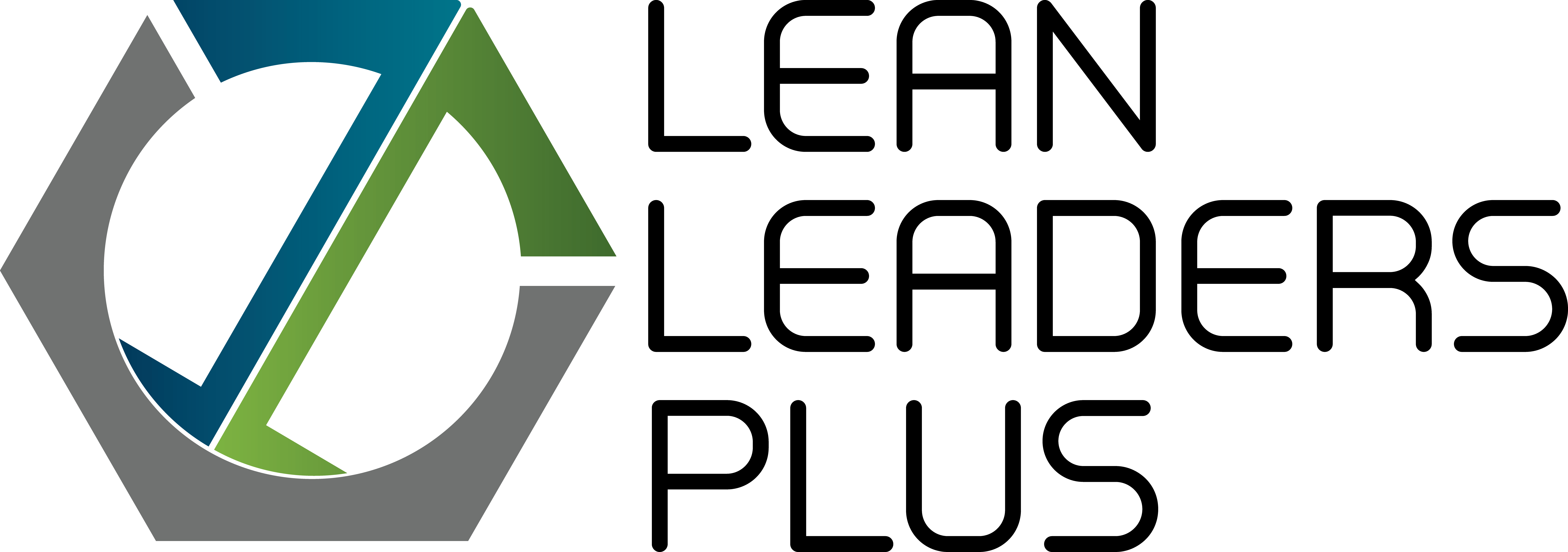In the dynamic landscape of today’s business world, organizations are constantly seeking ways to enhance efficiency and adaptability. Lean leadership has emerged as a guiding philosophy that not only streamlines processes but also nurtures a culture of continuous improvement.
This proactive approach to management is crucial in an era where change is the only constant. It acts as a beacon, illuminating a path towards operational excellence and resilience. It goes beyond mere cost-cutting measures; it’s a holistic strategy that involves every member of an organization.
In this blog, we’ll delve into the fundamentals of lean, explore its synergy with agility in the workplace,

What is Lean Leadership?
This leadership method at its core, is about eliminating waste and maximizing value in every aspect of an organization. Picture a scenario where resources are optimized, and operations are devoid of unnecessary complexities. This is the essence of lean leadership.
A lean leader is someone who champions a mindset of efficiency and strives for perfection in processes, making incremental improvements a habit.
Key Principles of This Leadership Method
Written below are some of the key principles of this leadership philosophy.
1. Continuous Improvement
A cornerstone of this leadership is the commitment to continuous improvement. Organizations embracing this approach prioritize ongoing enhancements in processes, ensuring that they remain adaptable in a rapidly changing business environment.
2. Respect for People
A leader values the contributions of every team member. This principle fosters a culture where individuals are empowered to share ideas and take ownership of their work, contributing to a more engaged and motivated workforce.
3. Mindset Shift
At the heart of this leadership method is a fundamental mindset shift. Leaders are encouraged to prioritize efficiency, effectiveness, and value creation. This shift sets the tone for a culture of continuous improvement throughout the organization.
4. Employee Engagement
Recent surveys highlight a remarkable increase in employee engagement in organizations embracing this leadership. This surge in engagement directly correlates with heightened overall productivity and efficiency.
5. Collaboration
These leaders foster a collaborative environment where team members are not just contributors but active participants in the improvement process. This collaborative spirit breeds innovation and a collective commitment to excellence.
6. Productivity Boost
Studies indicate that companies led by lean leaders experience a noticeable spike in productivity. The emphasis on streamlined processes and the elimination of unnecessary steps contribute to a more efficient workflow.
What is Lean Agile Leadership?
Lean Agile Leadership is a holistic leadership approach that integrates the principles of Lean and Agile methodologies. It emphasizes flexibility, iterative development, and waste reduction from lean practices, while also incorporating agile principles such as collaborative leadership, customer-centricity, and continuous improvement.
In the agile leadership method, leaders empower teams, encourage cross-functional collaboration, and actively seek customer feedback to drive decision-making. The focus on rapid adaptation, learning from experiences, and fostering a culture of continuous improvement aligns with the Kaizen philosophy.
Do You Need Lean Agile Leadership for Your Organization?
Here are some of the reasons about how the agile leadership method can help transform your organization.
1. Dynamic Decision-Making
The agile leadership method recognizes the need for adaptability in the face of rapid change. This approach promotes quick decision-making, flexibility, and a heightened responsiveness to customer needs.
2. Reduced Time-to-Market
Statistics reveal that organizations adopting lean agile methodologies witness a substantial 30% reduction in time-to-market for products and services. This agility not only satisfies customer expectations but also positions businesses as industry leaders.
3. Employee Satisfaction
The blend of lean and agile principles creates a work environment where employees feel valued and motivated. This heightened job satisfaction contributes to a more positive workplace culture and, subsequently, improved business outcomes.
4. Competitive Edge
Businesses incorporating lean agile leadership gain a competitive edge by swiftly adapting to market demands. This adaptability ensures that the organization remains relevant and ahead of the curve in an ever-changing business landscape.
Conclusion
Lean leadership method isn’t just a methodology; it’s a cultural transformation that brings efficiency, collaboration, and continuous improvement to the forefront. By incorporating lean principles, organizations can streamline operations, reduce waste, and ultimately achieve excellence.
By fostering a culture of continuous improvement, empowering employees, and strategically eliminating waste, businesses can achieve higher efficiency, reduced costs, and increased customer satisfaction. As the business landscape continues to evolve, the principles of this leadership offer a compass for organizations seeking a path to sustained success in the modern era.
Lean Leaders Plus is a leading leadership consulting firm with a proven track record of guiding businesses towards enhanced efficiency and sustainable growth. We stand out as a trusted partner for organizations aspiring to streamline their processes and foster a culture of continuous improvement. Choose us for a transformative journey towards this leadership excellence.
Contact us now!

Recent Comments